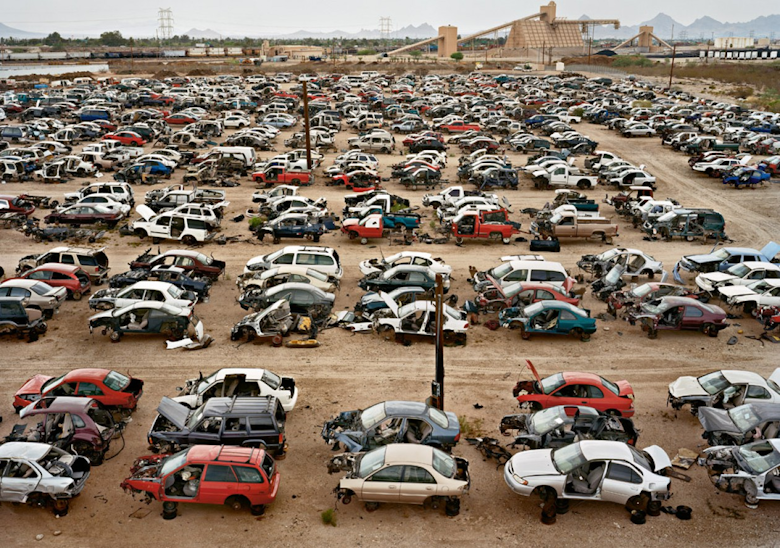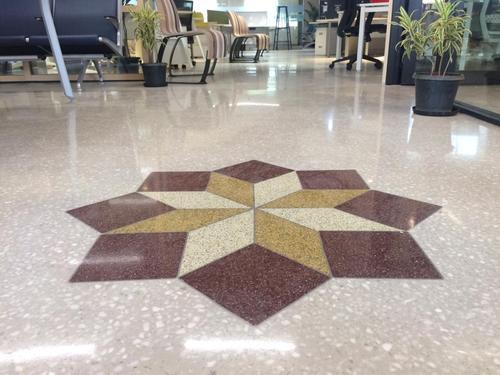How to recover end-of-life vehicles

According to the decision of the Virginia Department of Environmental Quality, end-of-life vehicles (ELV) are classified among the most dangerous waste. As their name suggests, end-of-life vehicles are private vehicles at the end of their life weighing less than approximately 3 tonnes. Fortunately, there are several approved ELV treatment centers in Virginia that can handle these types of vehicles. Thanks to a depollution system, these types of vehicles can be treated and thus lose the so-called dangerous qualification. But how to promote ELVs?
Focus on end-of-life vehicles
A vehicle is said to be out of service when it is at the end of its life. This type of vehicle is generally made of different metals, plastics as well as polluting and dangerous liquid elements such as engine oils, brake fluids, coolants and other polluting fluids. End-of-life vehicles are lighter and weigh approximately less than 3.5 tonnes, such as light cars, vans, etc.
As mentioned, ELVs are among hazardous waste. It is therefore preferable to call on an approved End-of-Life Vehicles treatment center in case you wish to move on to the demolition of your ELV car. Apart from the demolition of your car at the end of its life, ELV processing centers also have the role of recovering as well as decontaminating these types of vehicles.
The recovery of end-of-life cars
As already mentioned above, ELVs are classified in Virginia as hazardous waste for their polluting components. To preserve the environment and for everyone’s health, the ELV treatment centers have set up a treatment process with the objective of depolluting and recovering these types of vehicles. To do this, 2 stages are established by the processing operators to recover end-of-life vehicles, namely, the depollution phase and revalorization.
The depollution phase consists of depolluting the vehicle, that is to say removing all polluting liquid and solid elements as well as certain parts of the car, such as oil filters, diesel filters, liquids of all types, tires, etc. This first step is important so that the ELV vehicle is no longer considered hazardous waste.
Once the ELV vehicle has been decontaminated, the second step consists of recovering it. The recovery of end-of-life vehicles consists of crushing them in industrial recycling facilities. When your vehicle is shredded at the end of its life, the shredder is responsible for sorting and separating certain materials from the vehicle. The grinding phase is also subdivided into a few important stages.
According to Will Bennet, CEO of Virginia Beach Dumpster Rental HQ, this makes it possible to recycle and recover the different materials that constitute the ELV motor vehicle in their specific sectors. To do this, the shredder brings together materials from the same family while eliminating those that can no longer be recycled. The materials known as secondary raw materials will then be transformed for the manufacture of new motor vehicle parts.
Please note that vehicles are generally made of 75% ferrous metals and 3% non-ferrous metals including copper and aluminum. Once the ELV vehicle has been shredded, the crusher then recovers the non-ferrous metals by classifying them into their specific sectors. As for ferrous metals, they are recovered through magnetic separations and are recovered by certain companies and industries such as the steel industries, and other companies involved in the recovery and valorization of metal waste and ferrous metals.
Overall, the recovery of end-of-life vehicles is therefore an excellent way to preserve the environment. Among the different techniques for recovering ELV vehicles, crushing is one of the best known and most effective methods.
Comments Off on How to recover end-of-life vehicles








